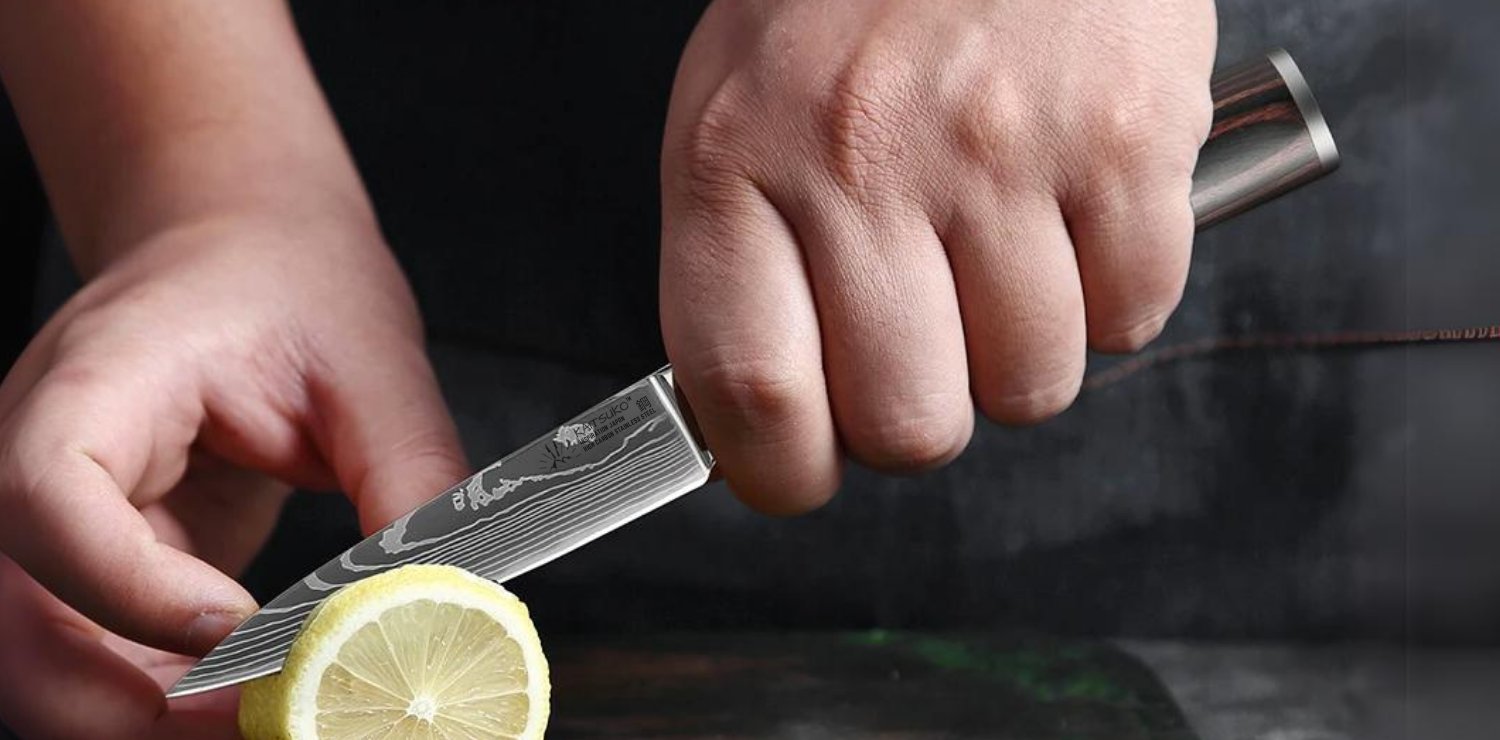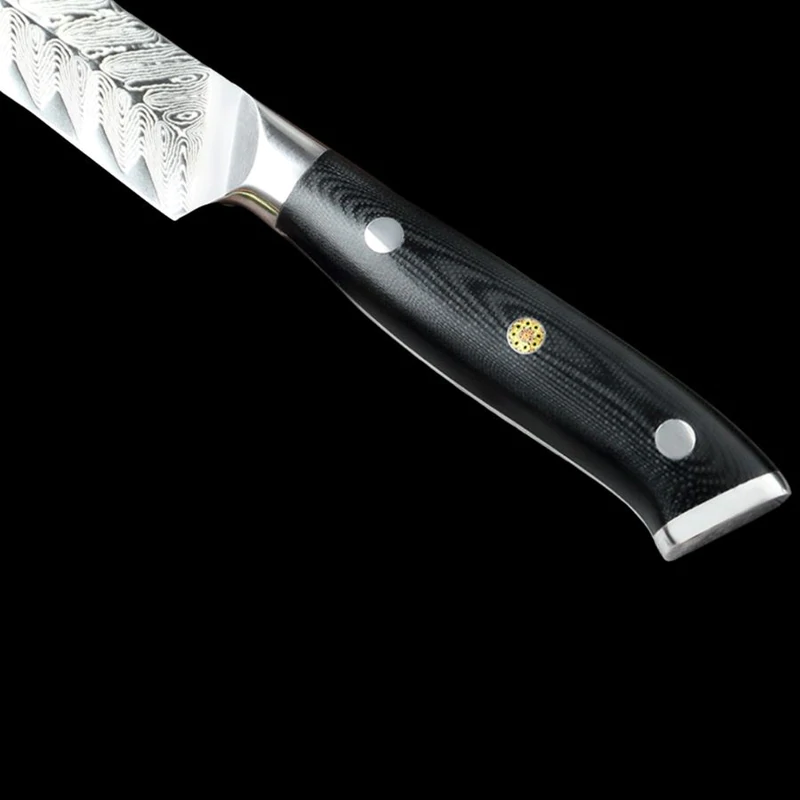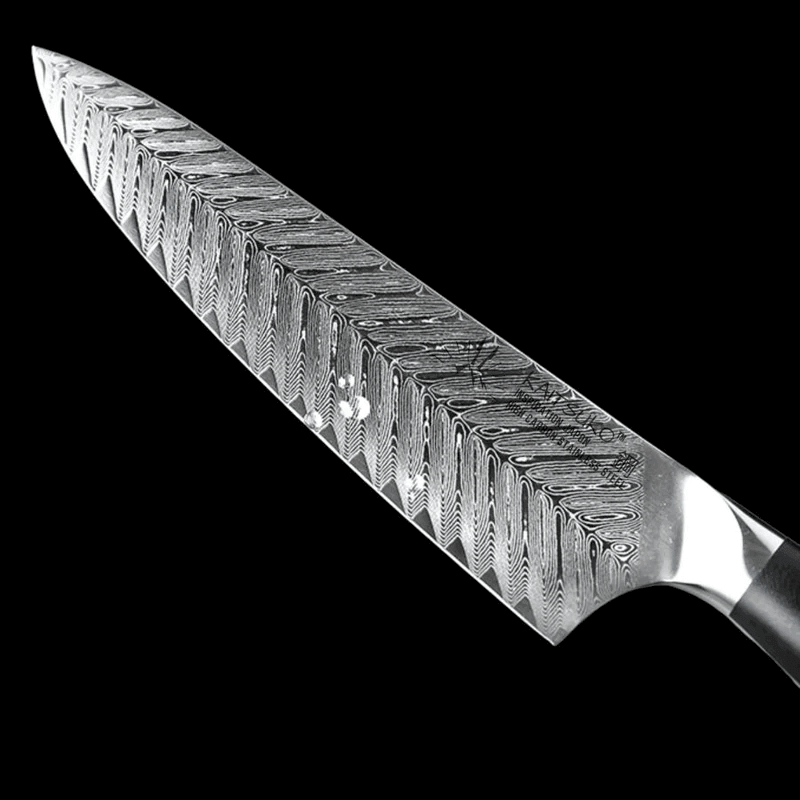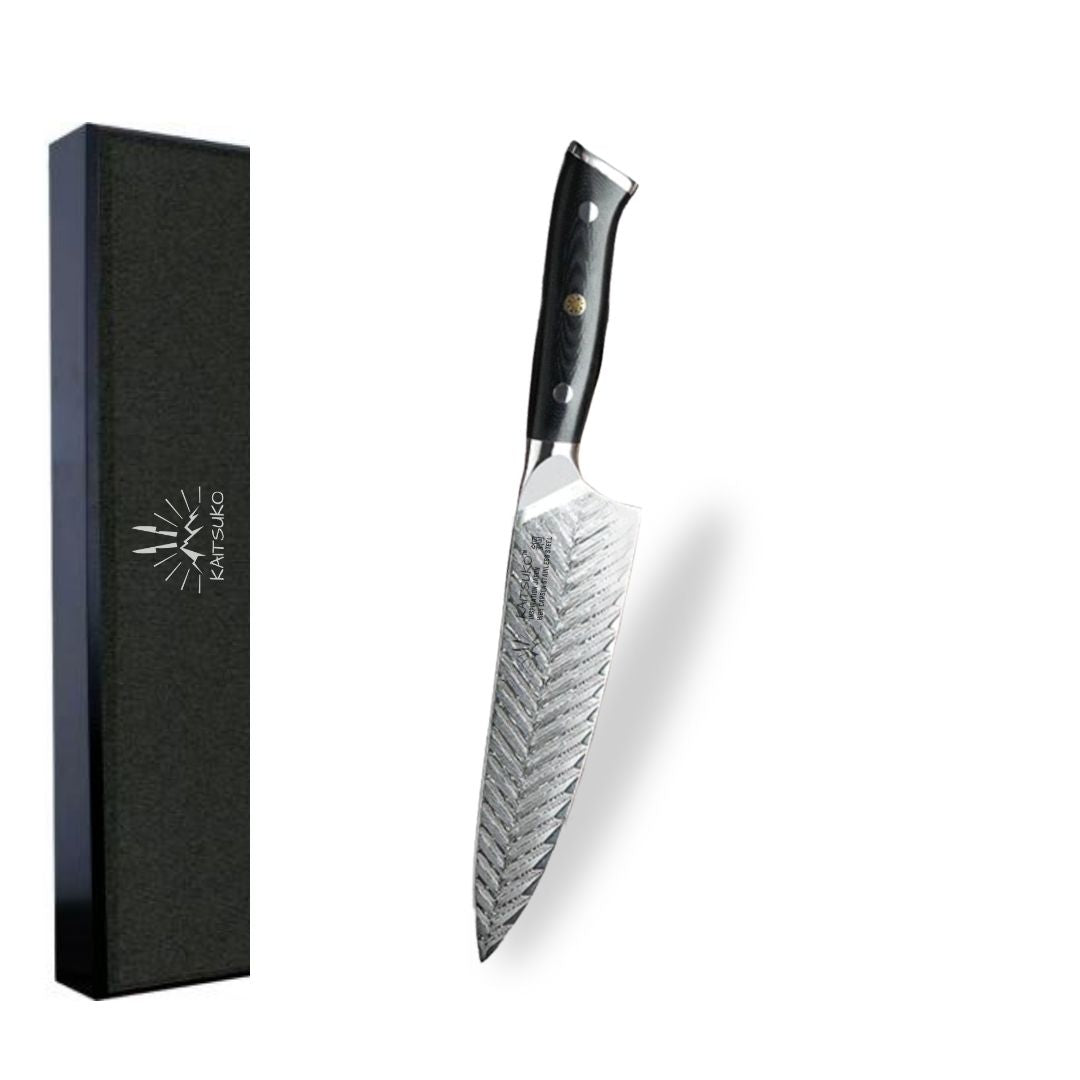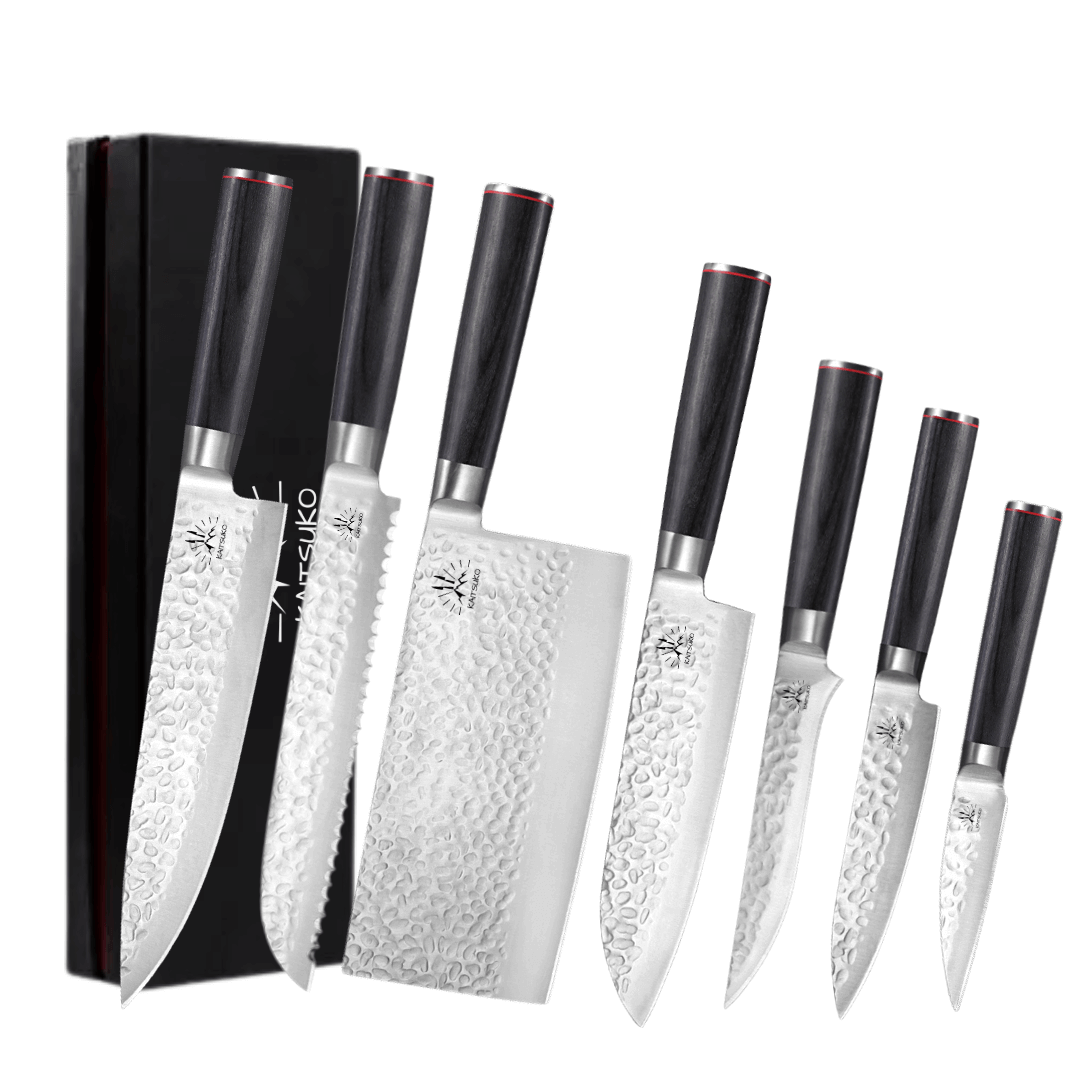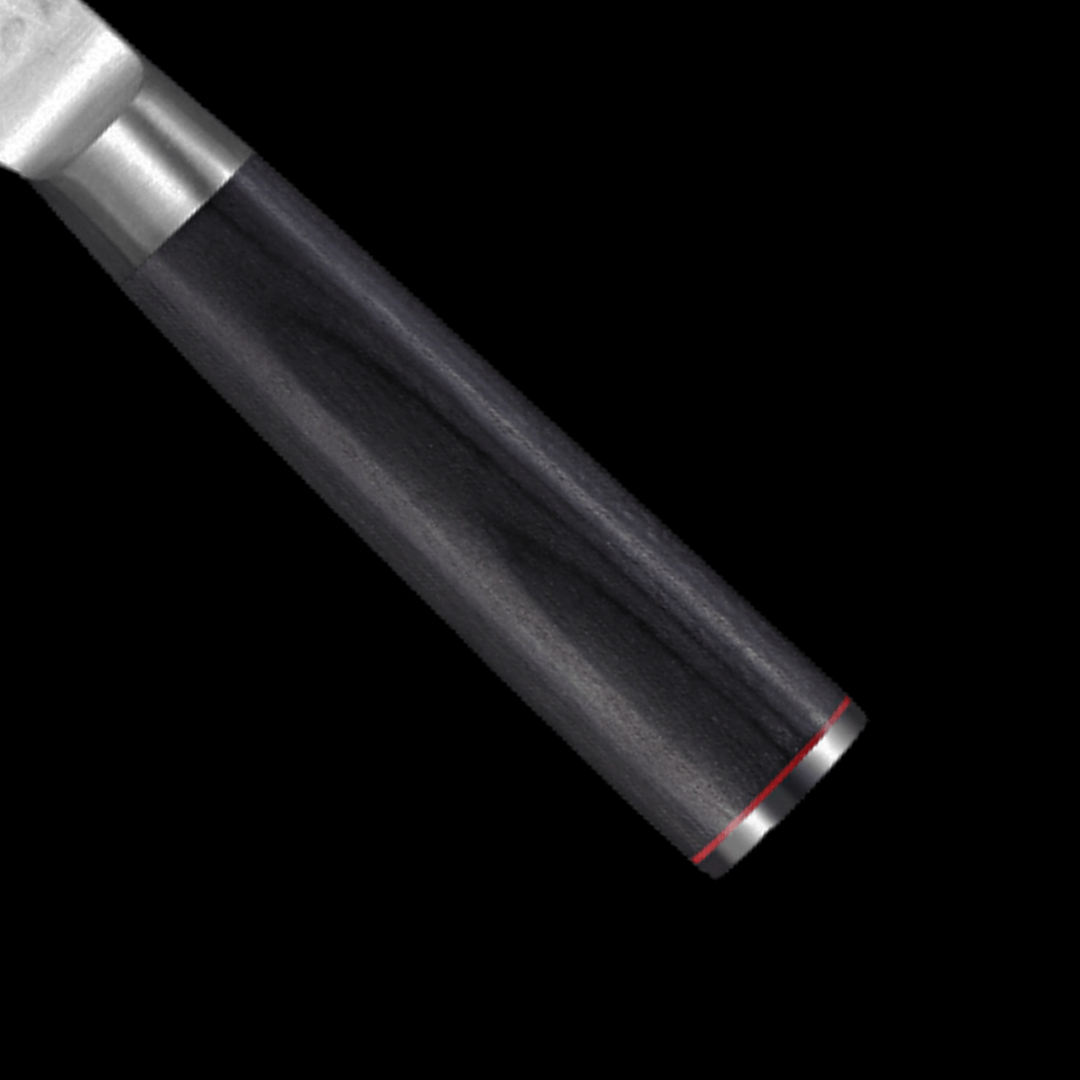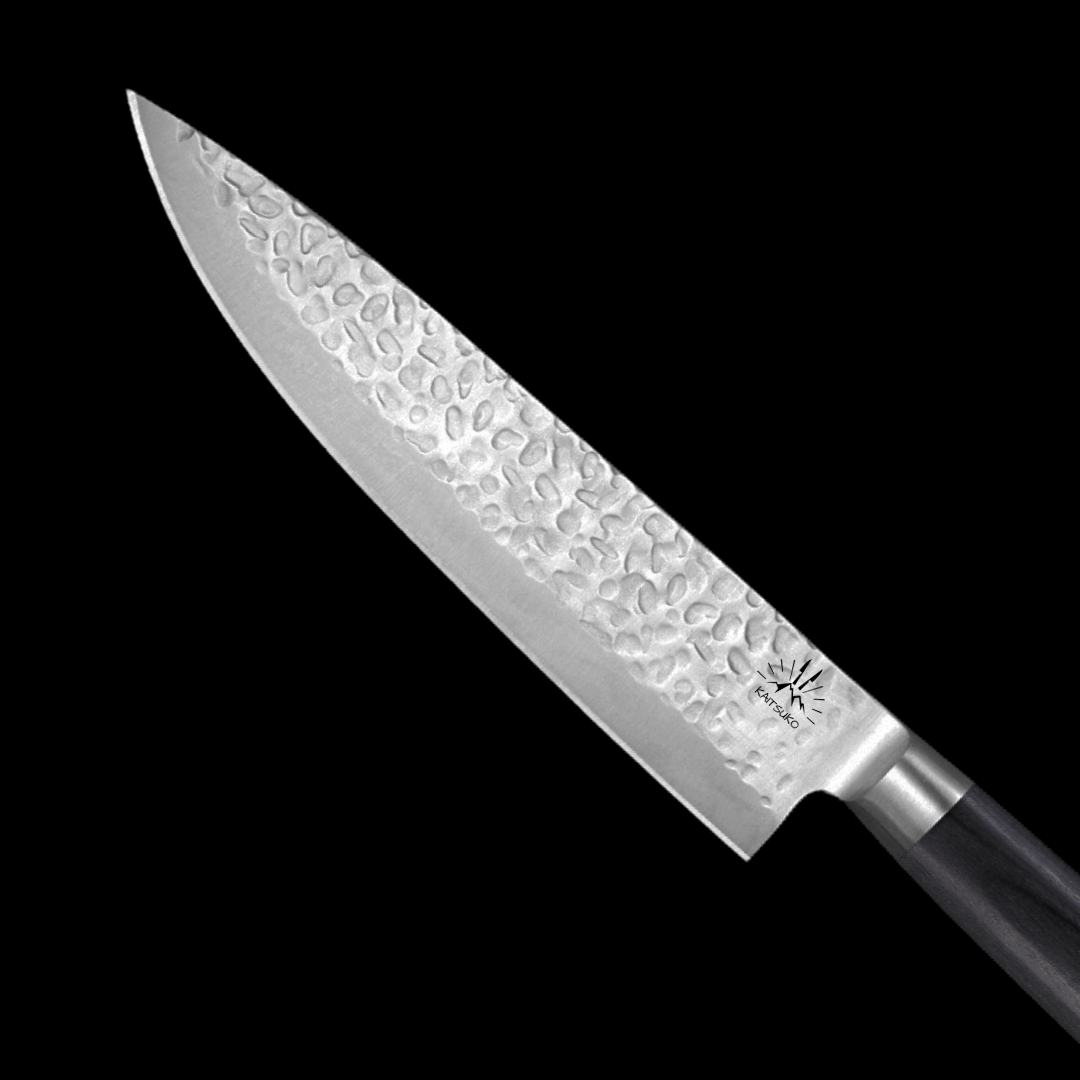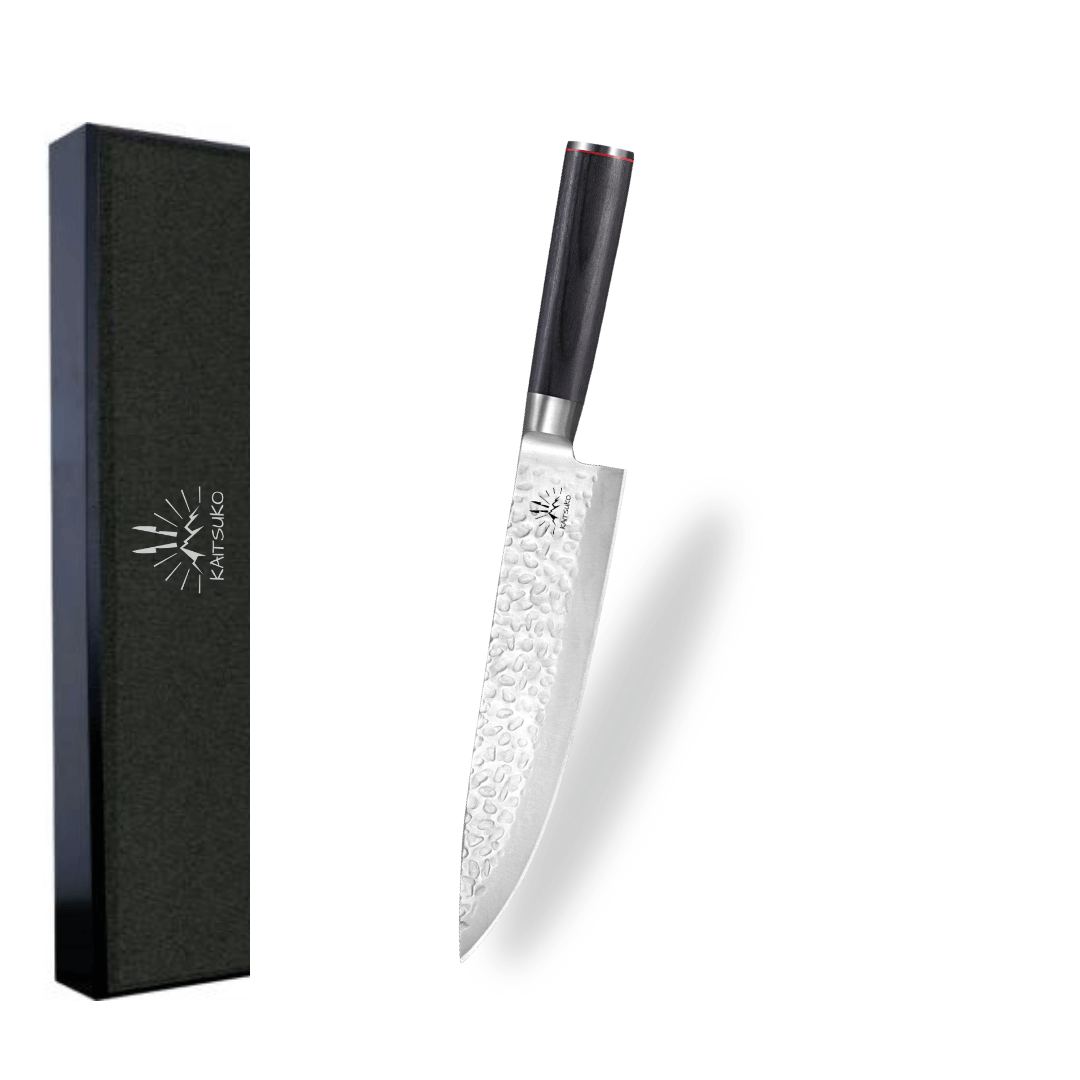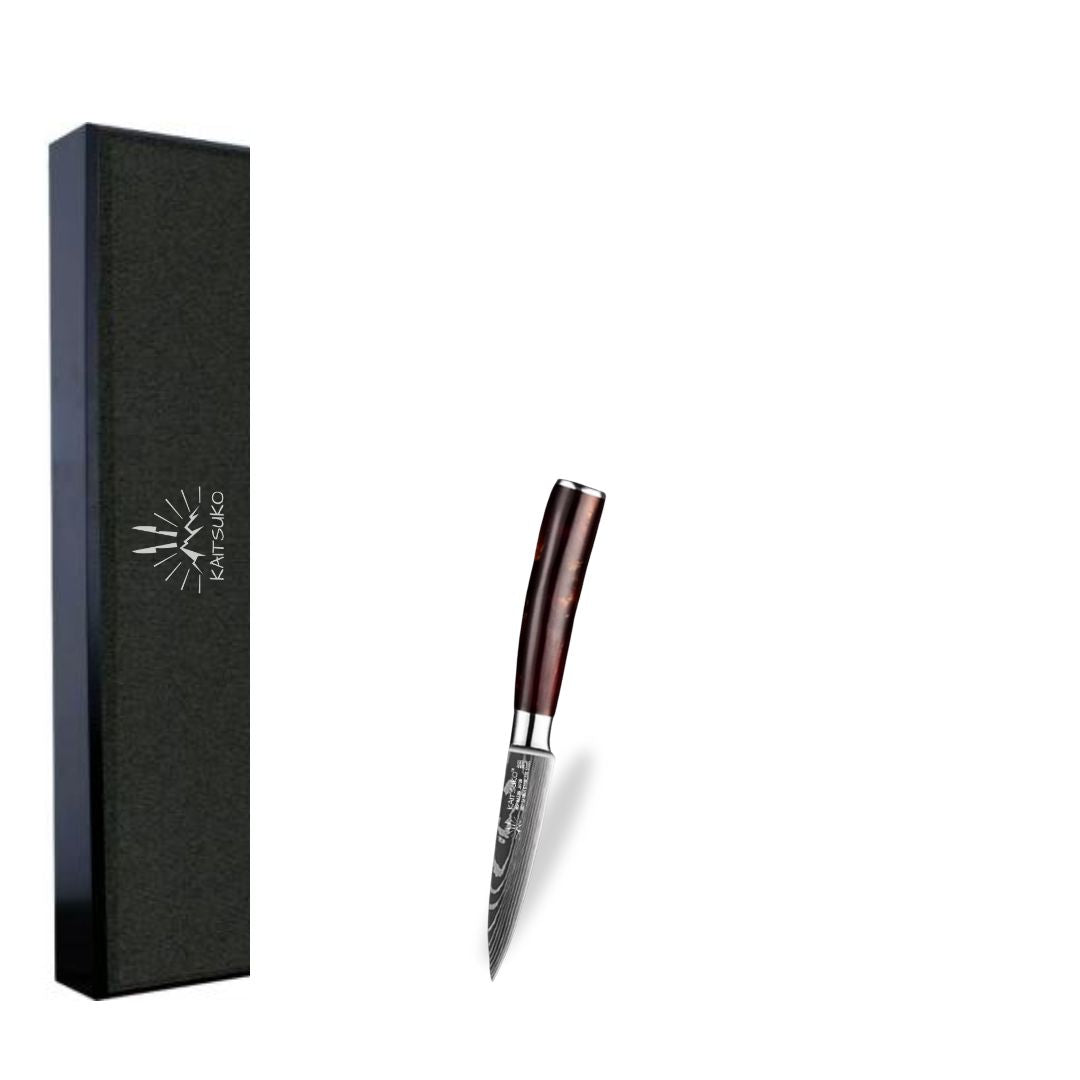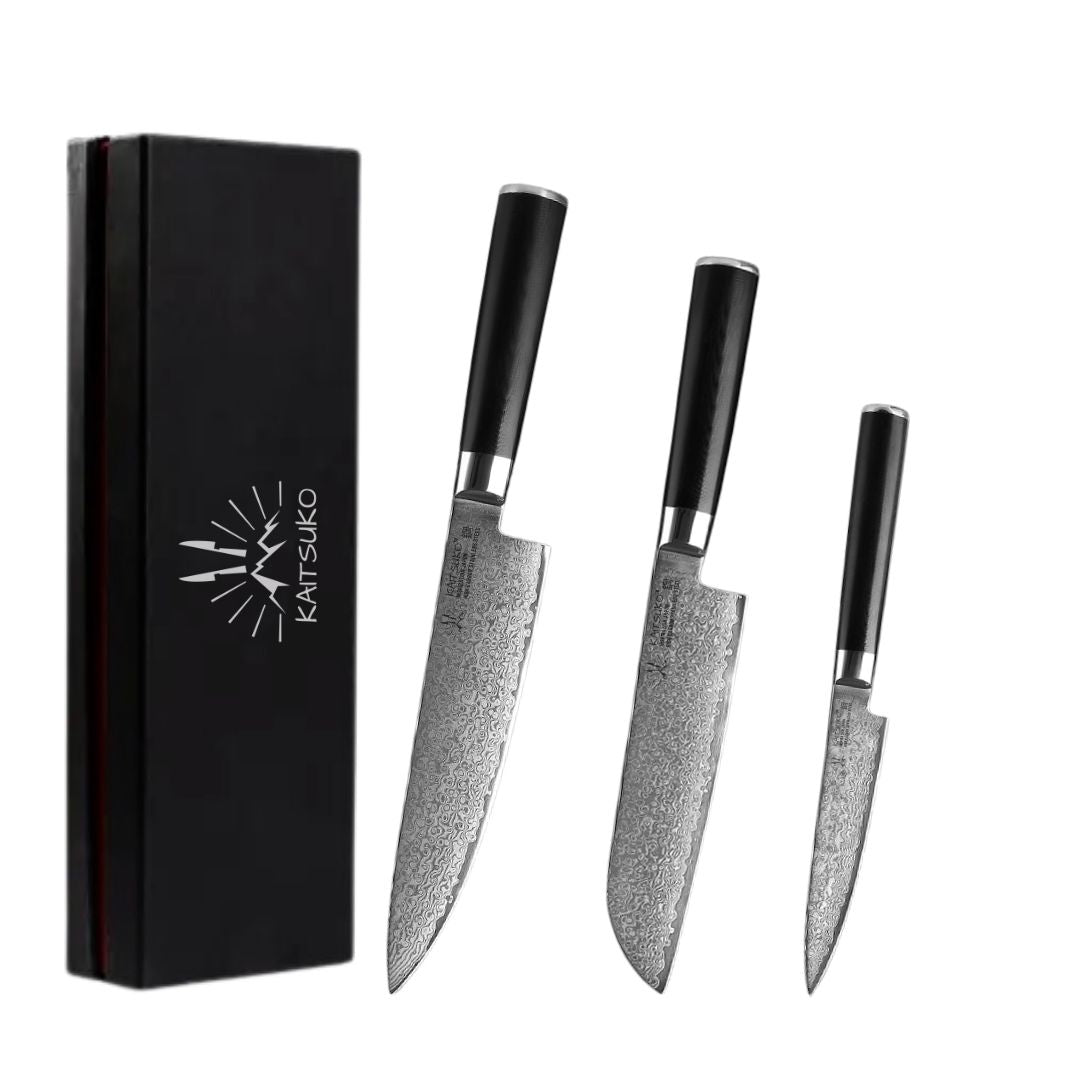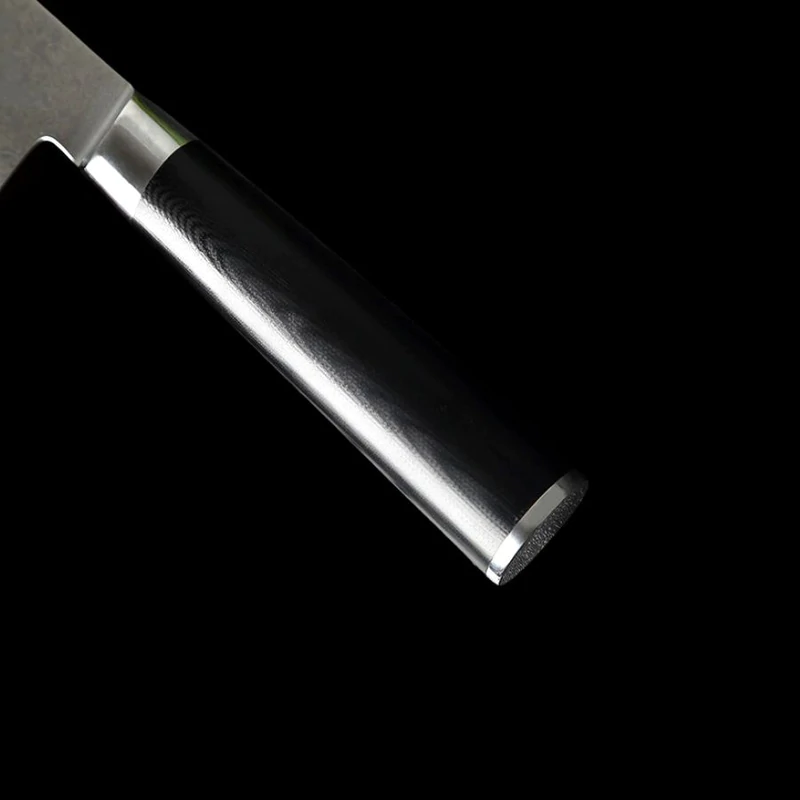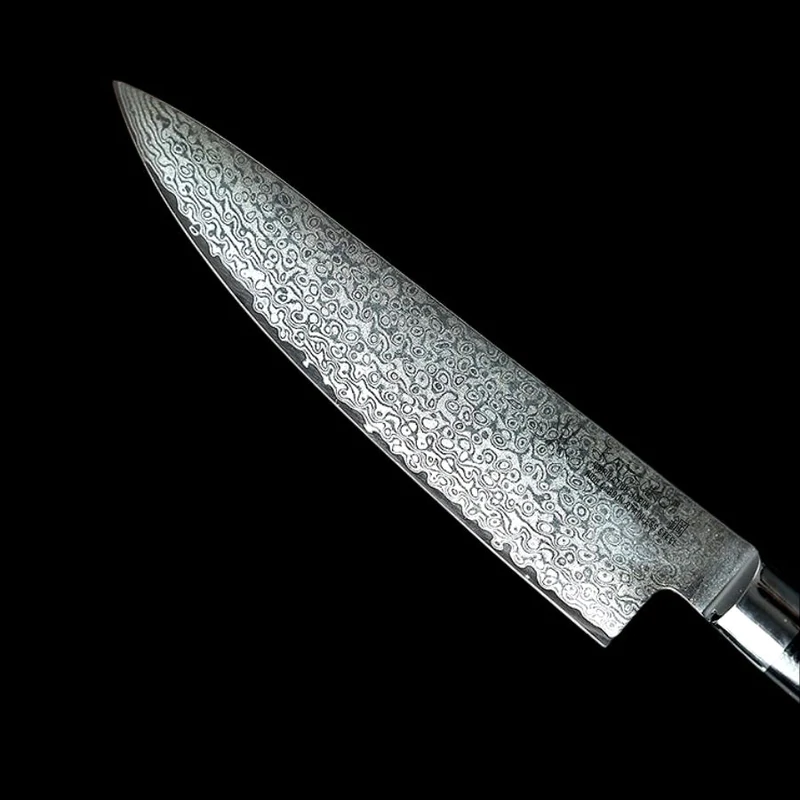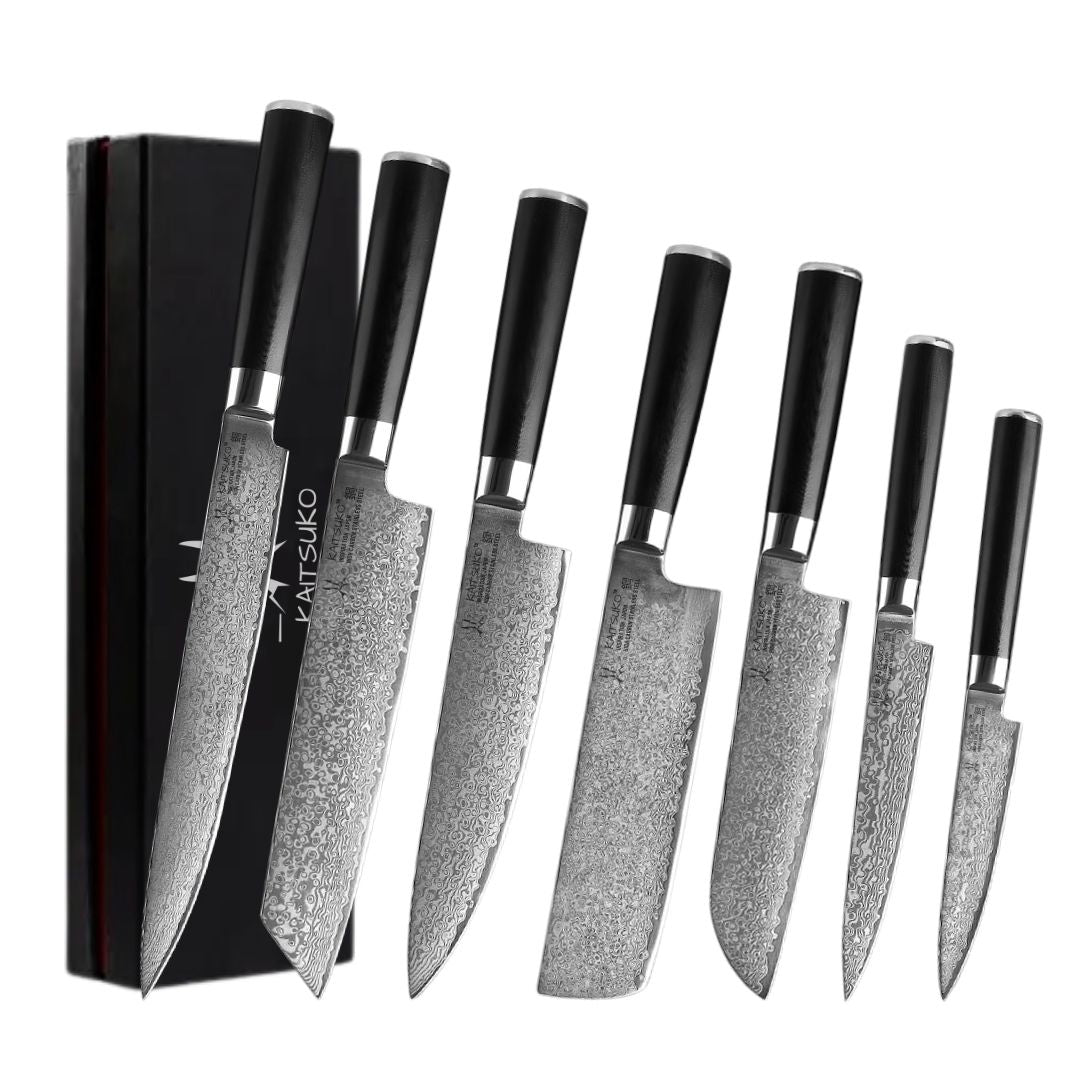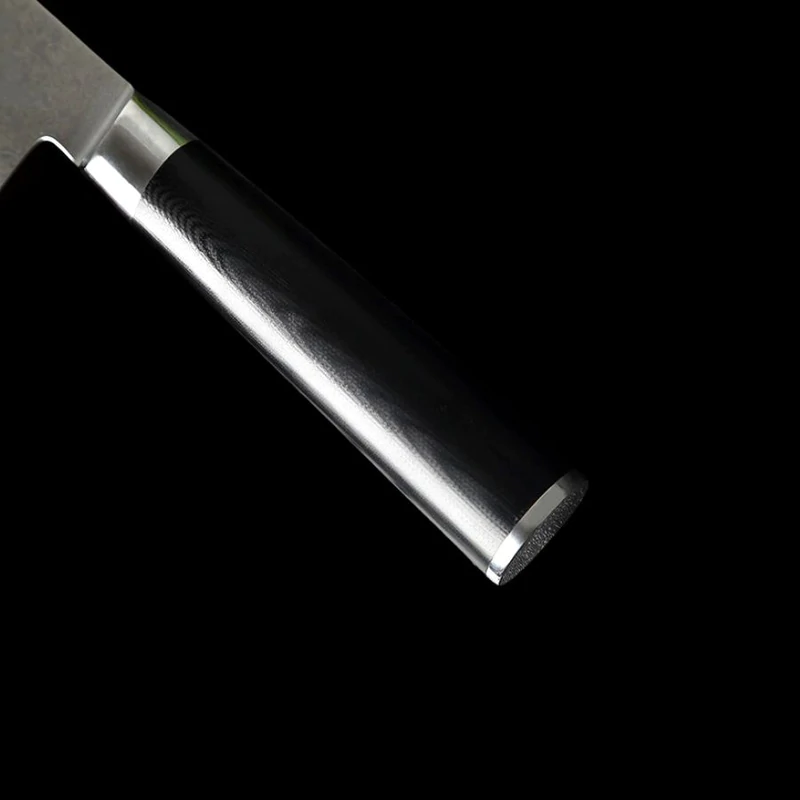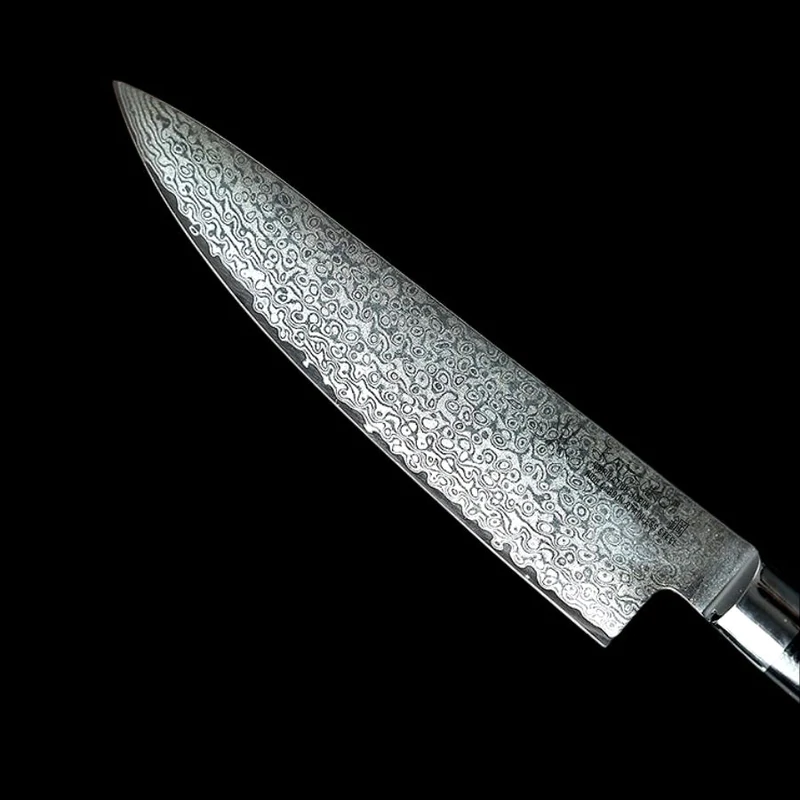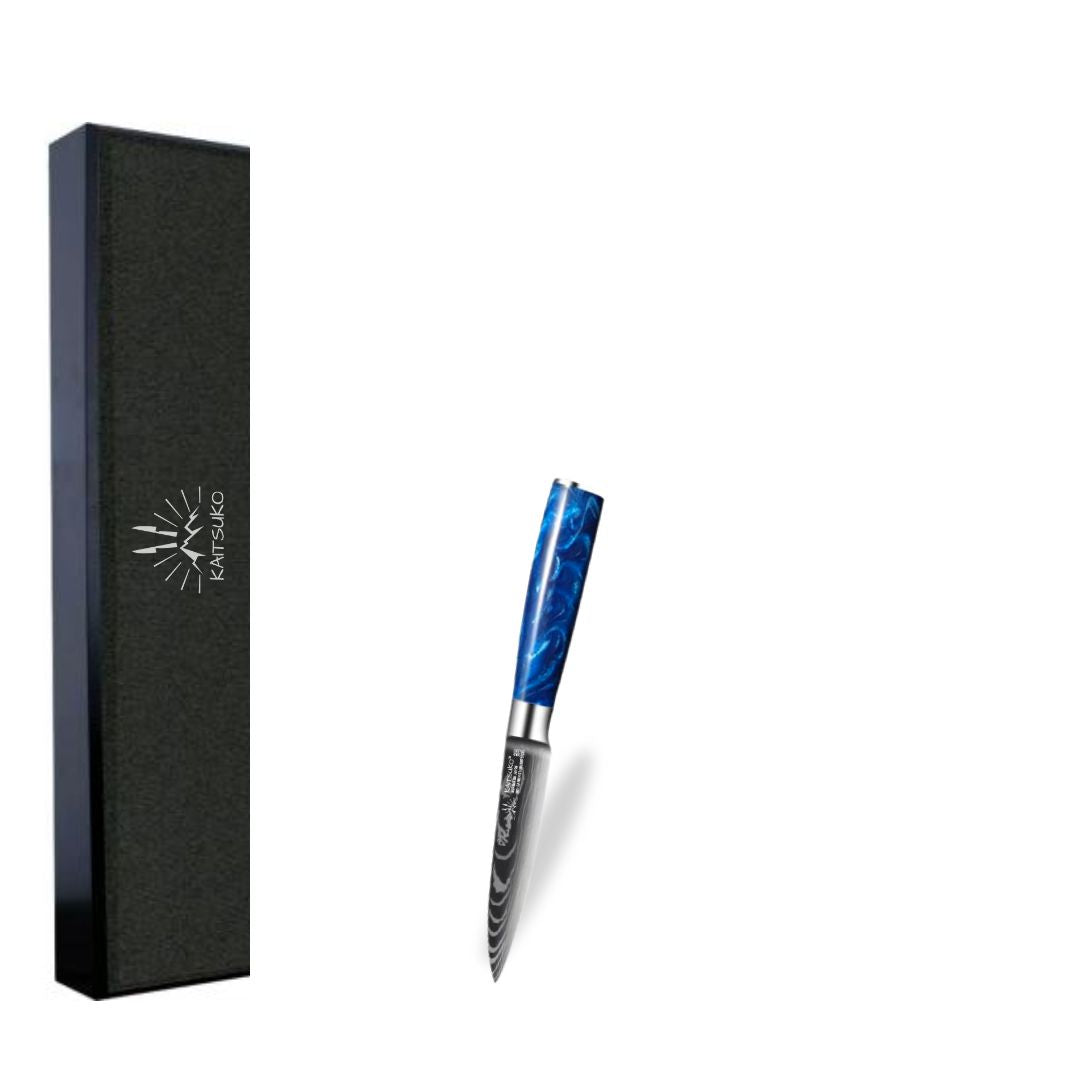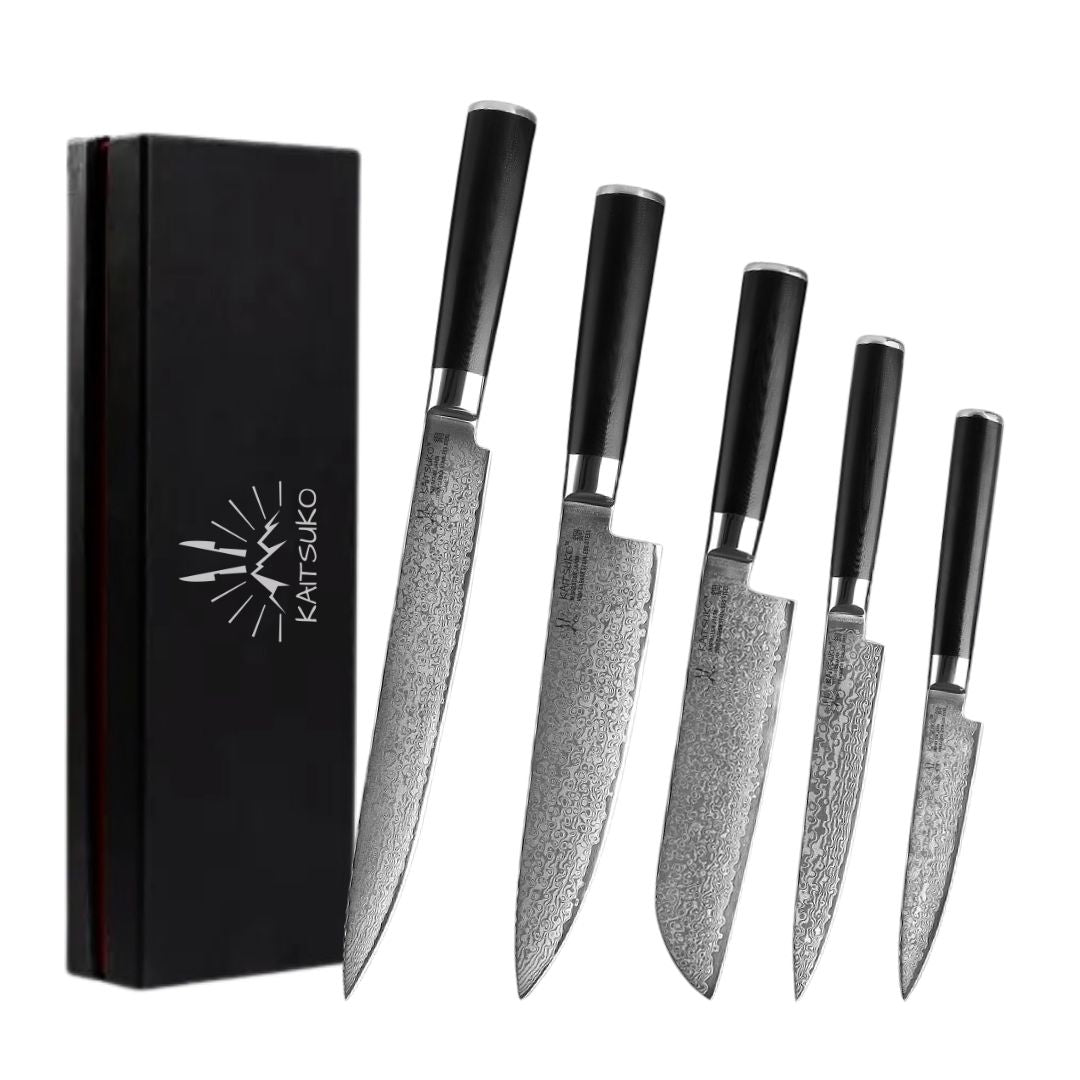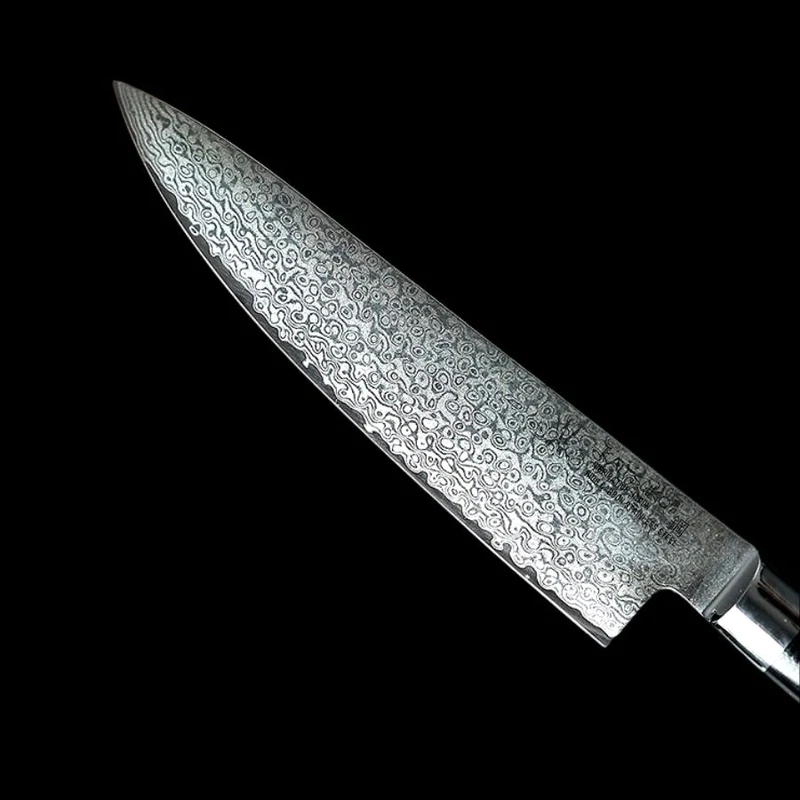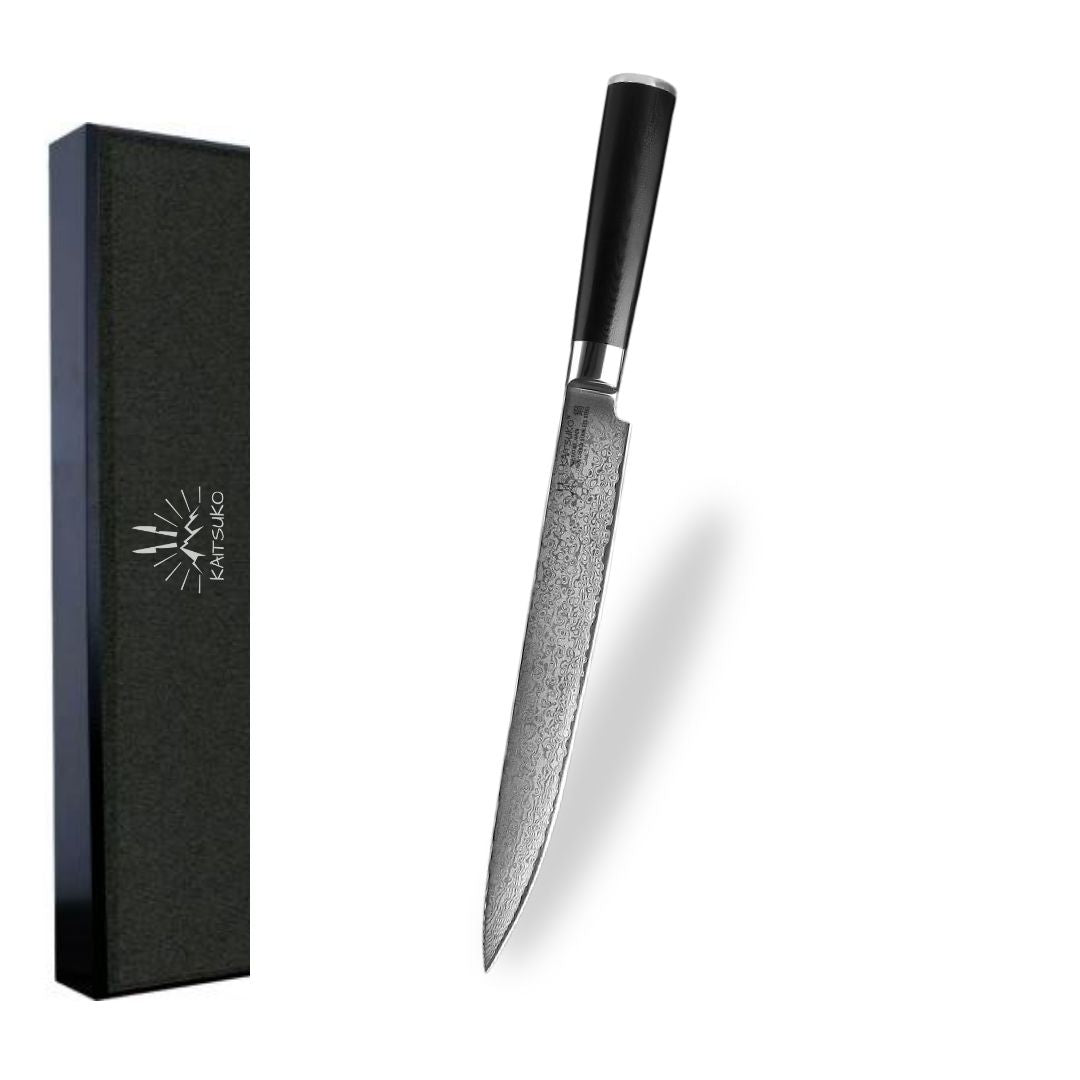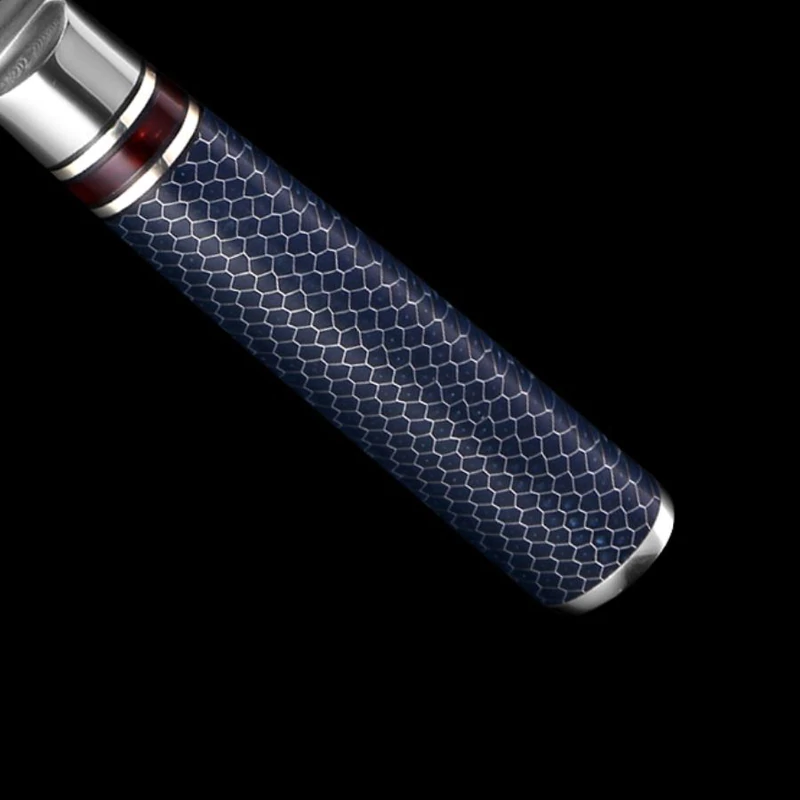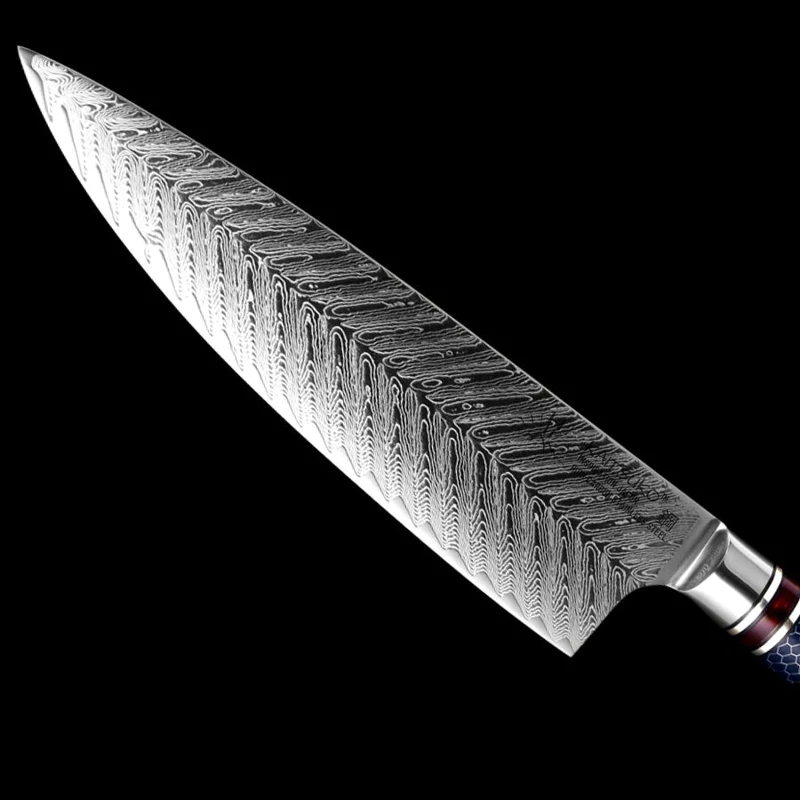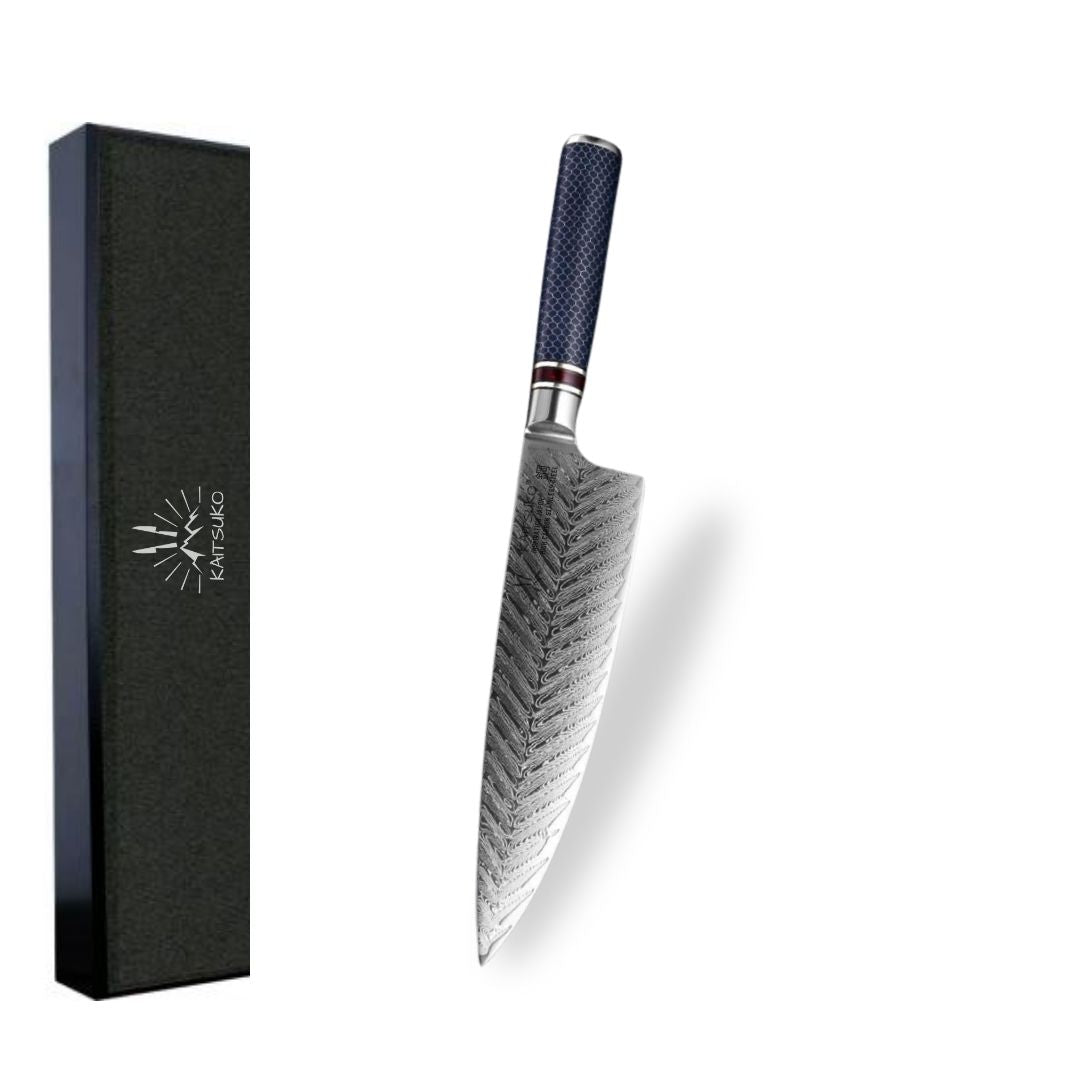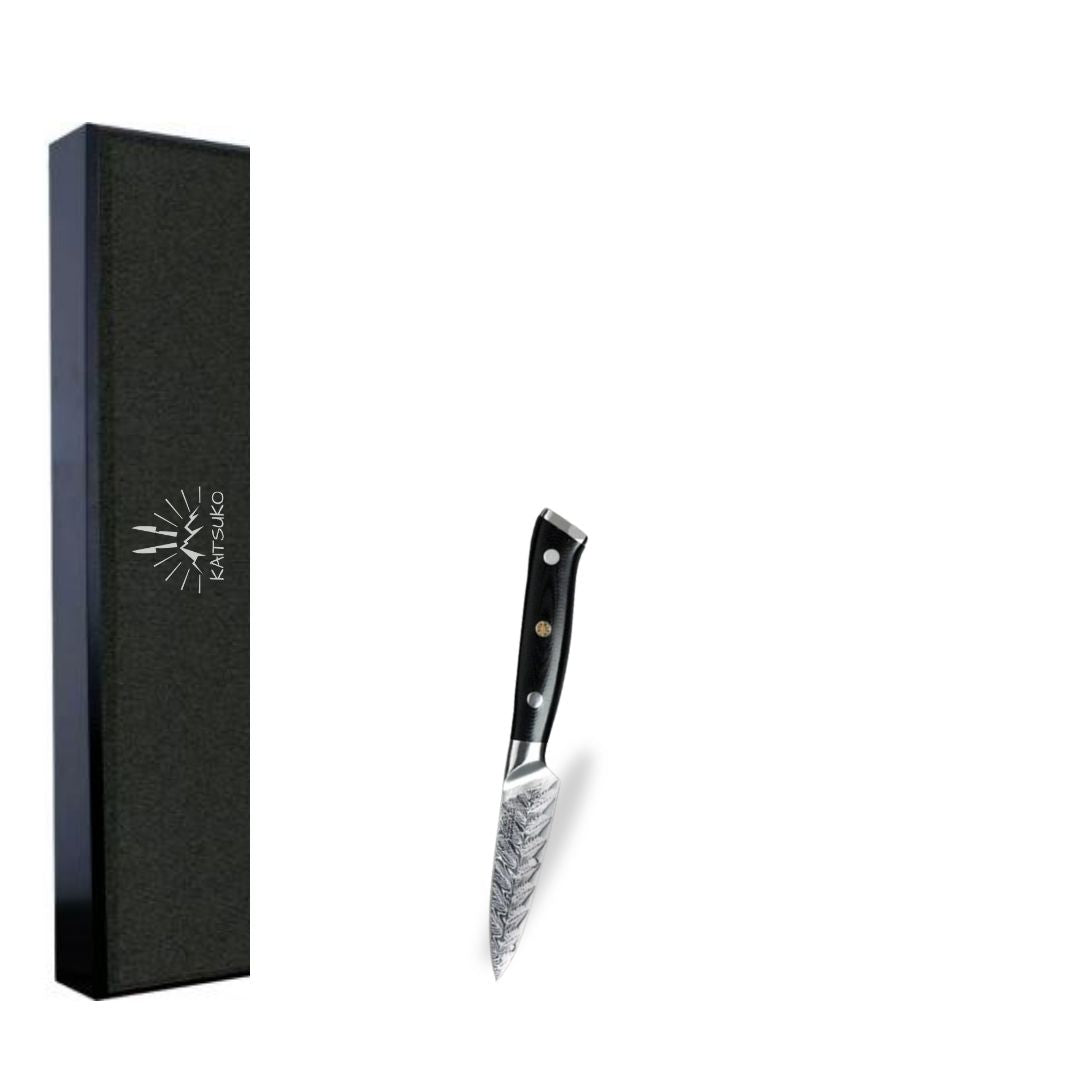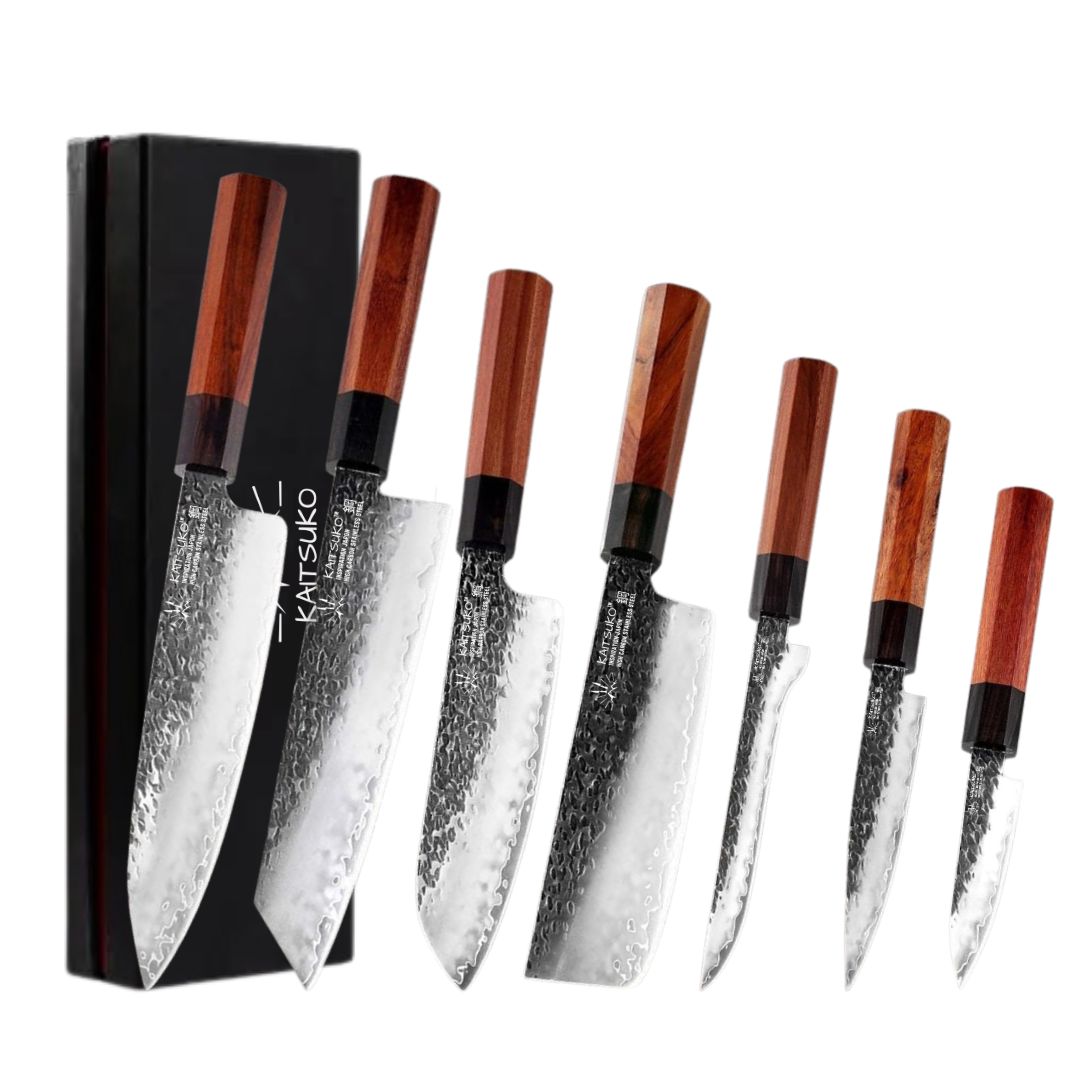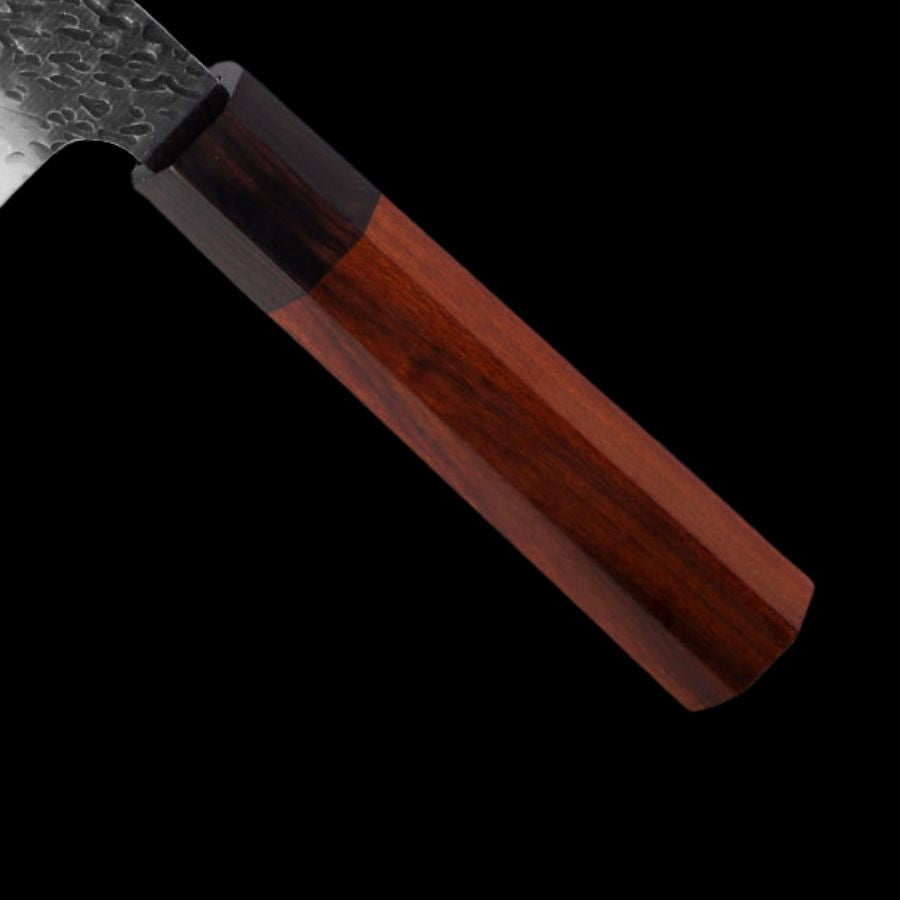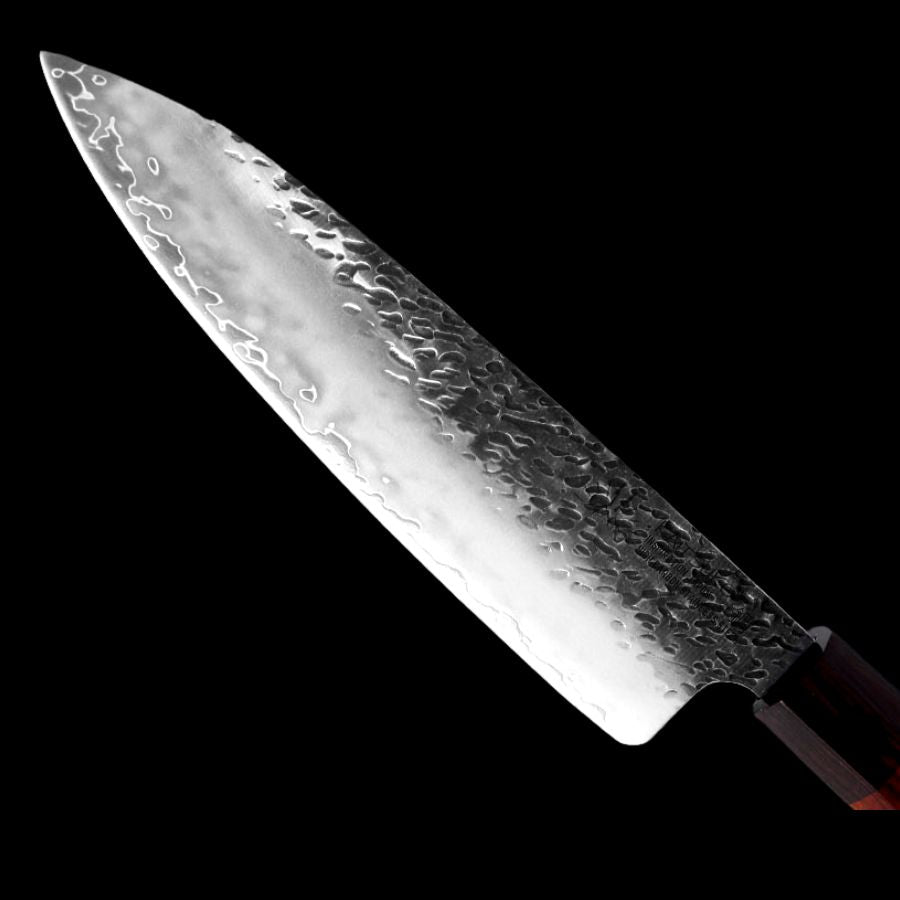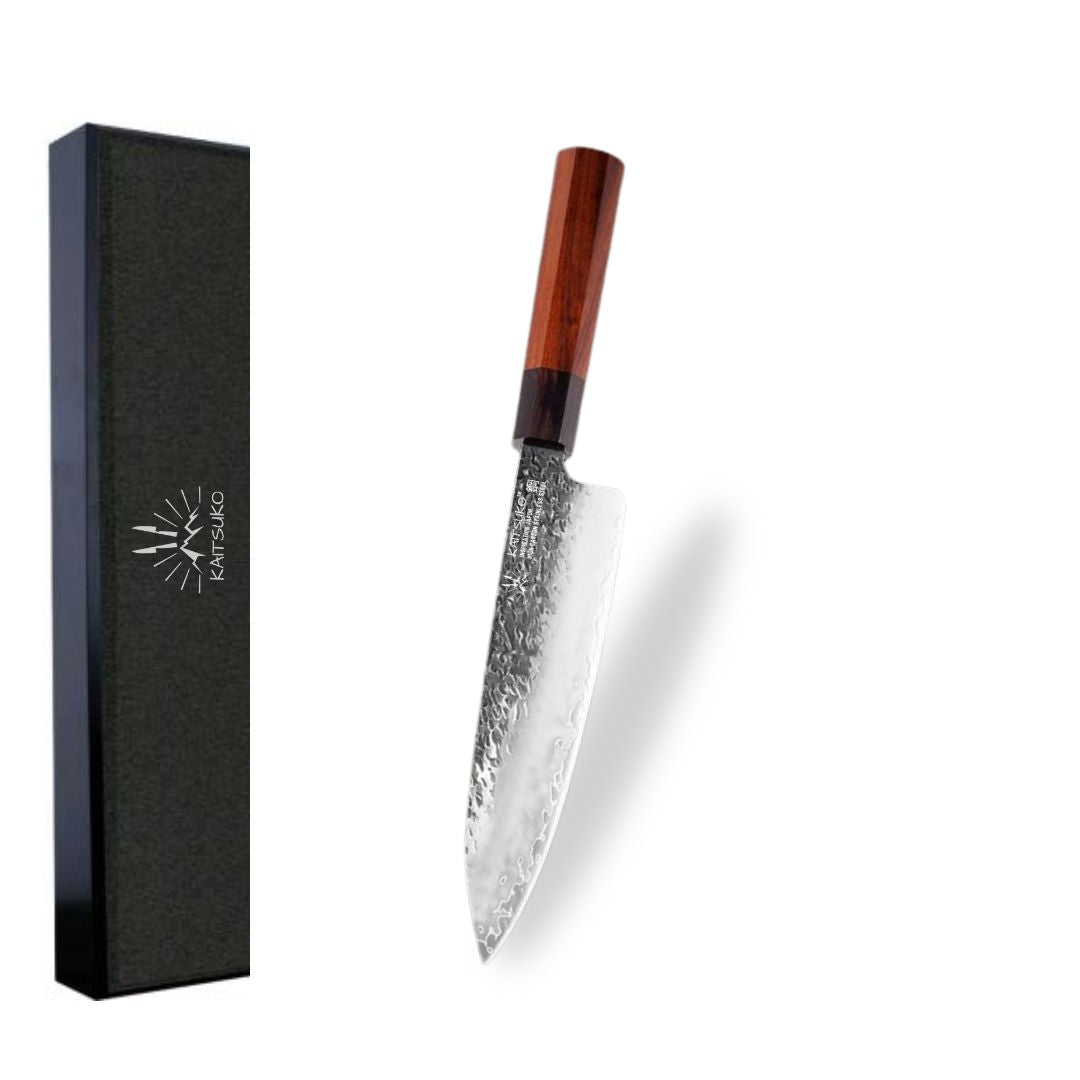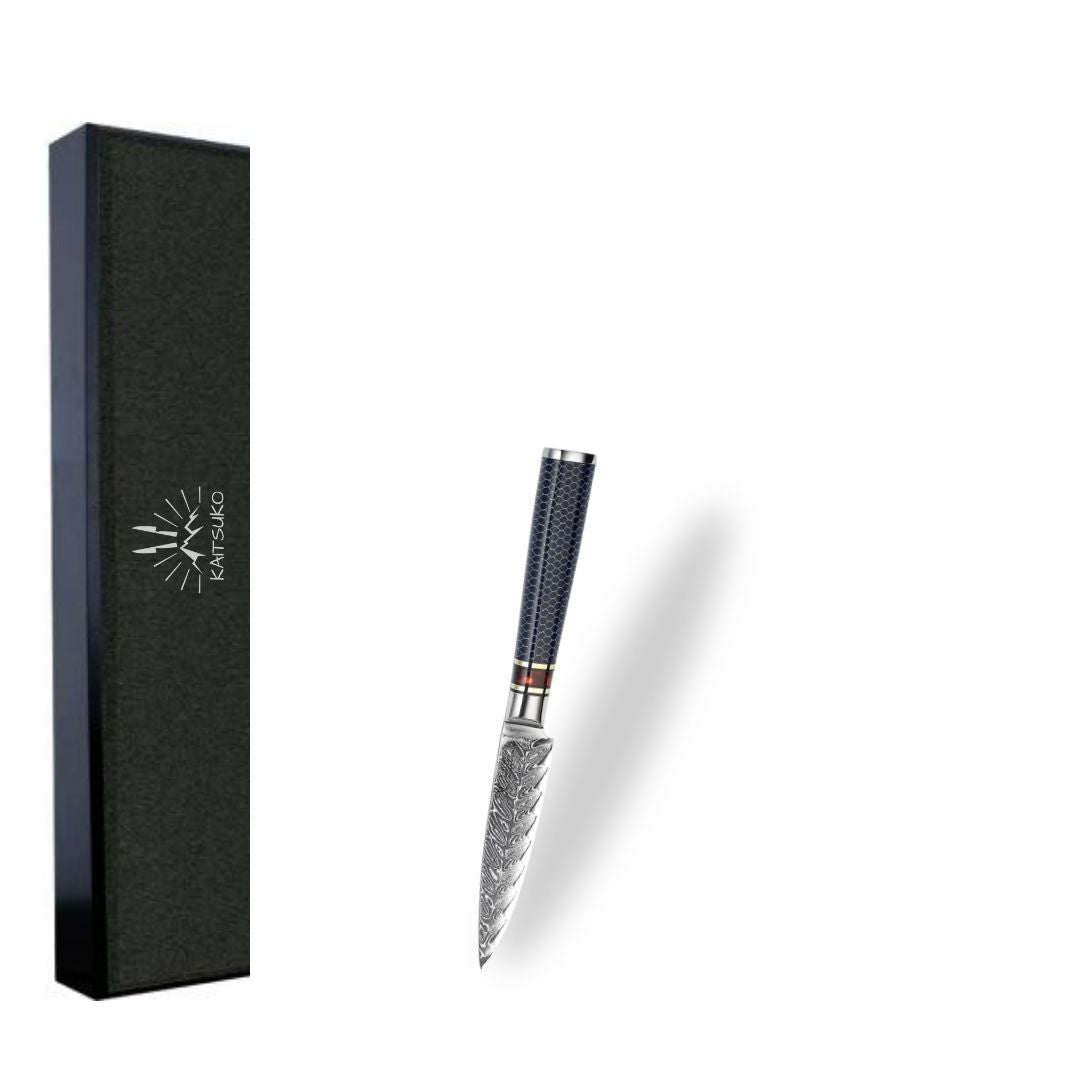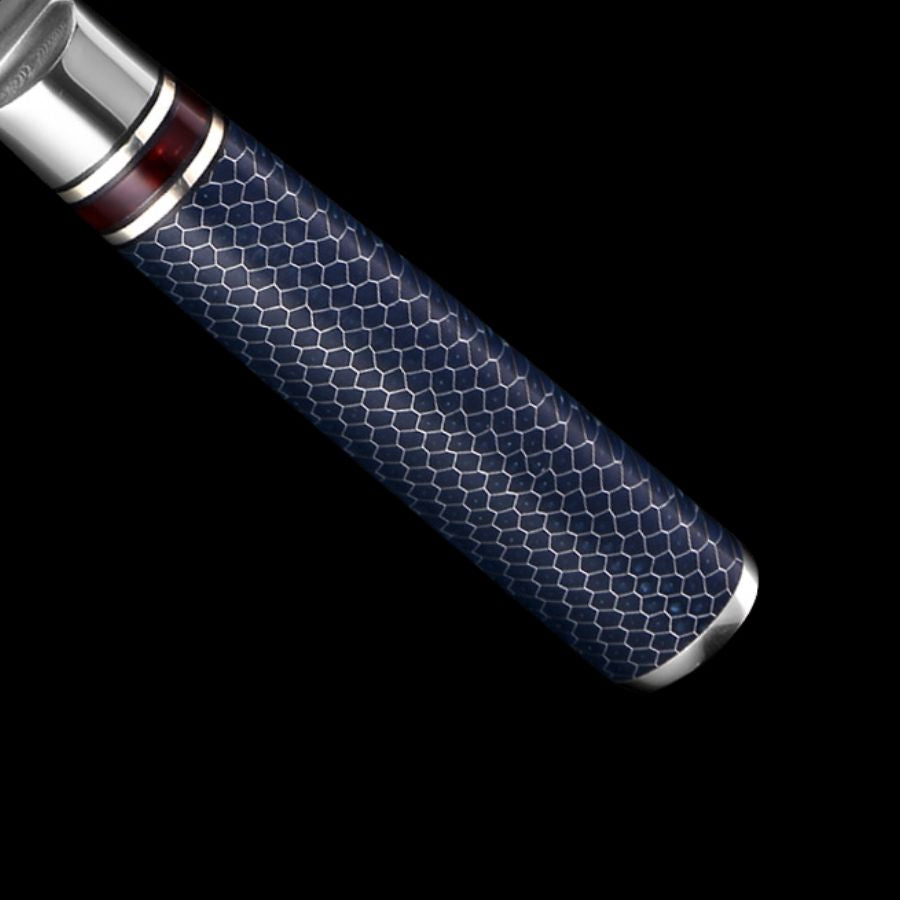Paring knives are essential companions for any discerning cook. Their short, tapered blade offers exceptional maneuverability , ideal for peeling, finely slicing and paring with surgical precision.
At Kaitsuko, our paring knives don't just meet the high standards of Japanese professional cooking. They redefine them.
Each paring knife is hand-forged by our expert craftsmen, using high-quality steels selected for their exceptional sharpness and robustness. Details to follow!
What is a paring knife?
A paring knife is a knife specifically designed for delicate and precise tasks . With a short, thin blade, often about 8 to 12 centimeters , it is perfectly suited for peeling, finely chopping and paring fruits, vegetables and other foods with great precision.
Its blade is generally straight or slightly curved, facilitating quick and precise cutting movements. Therefore, unlike larger knives such as chef's knives or Santoku, the paring knife guarantees you exceptional maneuverability and great precision , which makes it the ideal tool for small culinary tasks that require attention to detail and finesse.
The advantages of a paring knife
Versatility and utility
Paring knives are distinguished above all by their versatility in the kitchen, as their compact size and thin blade allow for exceptional maneuverability in a variety of culinary tasks.
Whether it's for peeling fruits and vegetables with precision, cutting finely chopped herbs, removing seeds from fruit or trimming meat and fish, the paring knife excels where larger knives would be too cumbersome.
This versatility makes it an essential tool for both professional chefs and passionate cooking enthusiasts !
Precision and handling
Precision and maneuverability are the two fundamental pillars that distinguish paring knives.
With their short, thin blade , these knives offer extreme precision when making detailed cuts. Their small size allows for precise control of movements, essential for tasks such as peeling or thin slicing. This ability to easily maneuver around the contours of food ensures clean, uniform results , which is particularly appreciated in preparations that require careful cutting, such as boning meats or preparing garnishes.
At Kaitsuko, we strive to perfect every detail of our paring knives to ensure optimal ergonomics and a perfectly sharpened blade, in order to meet the needs of all cooking enthusiasts regardless of their level, and especially seeking to optimize their efficiency and precision during each use.
How to choose your paring knife?
Blade materials
Choosing blade materials is a key step when it comes to choosing a paring knife that’s right for your needs. Paring knife blades can be made from a variety of materials, each with their own advantages in terms of sharpness, durability, and ease of maintenance:
-
Carbon steels such as DAMASCUS steel are renowned for their exceptional sharpness and ease of sharpening, but require regular maintenance to prevent corrosion;
-
Stainless steels are often preferred for their corrosion resistance and easier maintenance, although they may require more frequent sharpening;
-
The combination of these materials by certain paring knives allows for an optimal balance between sharpness and durability.
Handle ergonomics
Another key criterion to take into account: the ergonomics of the handle !
Contrary to popular belief, this is a fundamental aspect to consider when choosing a paring knife that is suited to your culinary needs. A well-designed handle can not only improve comfort of use , but also optimize safety and precision during delicate kitchen tasks.
Kaitsuko paring knives are specially designed to provide a comfortable and secure grip , facilitating optimal control during careful cutting. Our handles are often ergonomically contoured to naturally fit the shape of the hand, reducing fatigue during prolonged use, not to mention that we consistently use high-quality materials for our handles.
The different ranges of paring knives at Kaitsuko
Japanese paring knife
Crafted according to the centuries-old traditions of Japanese master knife makers, Kaitsuko Japanese paring knives combine high-quality DAMASCUS steel with precise forging techniques to ensure long-lasting sharpness and durability.
Available in a variety of styles and finishes , our Japanese paring knives are designed to meet the demands of all types of chefs, both amateur and professional, looking for the right balance between tradition and innovation for their cutting tools.
Stainless steel paring knife
Kaitsuko stainless steel paring knives embody the perfect combination of durability and practicality .
Made with high quality stainless steels , these knives offer exceptional resistance to corrosion and ease of maintenance. Their sharp blade guarantees a precise and long-lasting cut, while their ergonomic handle ensures a comfortable and secure grip.
Professional paring knife
Featuring high-quality steel blades, Kaitsuko's professional paring knives provide exceptional sharpness and increased durability , making them able to withstand intensive use. Take our Komodo collection , a set of 7 knives made from exceptional Damascus steel, for example.
Their ergonomic design also ensures a comfortable grip , reducing fatigue during long preparation sessions. They are therefore ideal for all types of detailed tasks such as peeling, trimming and fine cutting.
At Kaitsuko, our goal is above all to help you find the best kitchen knife through our range of high-quality Japanese knives!
Frequently Asked Questions About Paring Knives
What is the role of the paring knife?
The paring knife is designed for precise and detailed kitchen tasks, such as peeling, trimming, and finely cutting fruits, vegetables and other small foods. Its short, easy-to-handle blade allows for great precision.
How to maintain your paring knife?
To maintain your paring knife, hand wash it with warm, soapy water and dry it immediately to prevent corrosion. Sharpen the blade regularly with a whetstone or sharpening steel to maintain its optimal sharpness.






